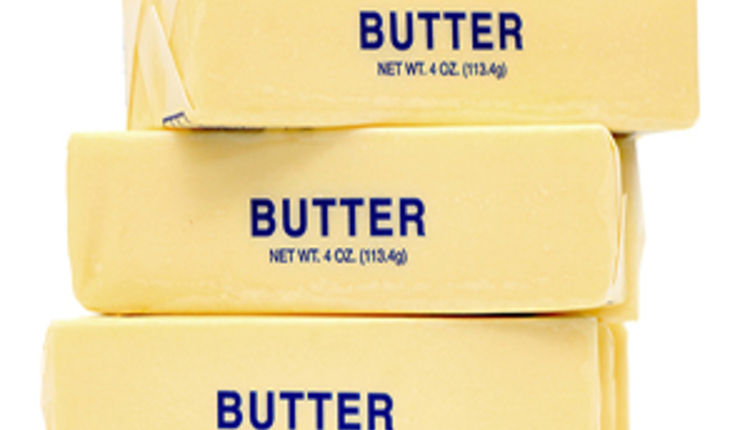
Despite all the noise and headlines surrounding tariffs, the only countries with retaliatory tariffs on U.S. dairy products as of April 16th are Canada and China.
The volume of product going into Canada that is being hit with additional tariffs is small, but more than 30% of U.S. dry whey, WPC, WPI, and permeate exports go to China, and those are all being hit with retaliatory tariffs of at least 100%. When China put 20% retaliatory tariffs on U.S. dry whey in 2018 and 2019, we saw dry whey exports to China drop by 69% from peak in April 2018 to bottom in February 2020 (on a 12-month rolling basis). If we see a similar drop in 2025 to 2026, where can the U.S. ship whey other than China? There are a lot of options, but all of them are small compared to China.

What we saw in 2018 to 2019 was Chinese buyers switched over to buying more EU dry whey and other importers bought more from the U.S. After China, Canada is the next largest importer, but their imports are relatively steady over time and the U.S. already has about a 94% market share. Because of this, there isn’t much room for the U.S. to increase exports to the country. It’s a similar story for Mexico. The U.S. already has a large market share, and from 2018 to 2019, Mexico didn’t take significantly more dry whey from the U.S. (although they did buy more permeate and WPC).
The only region that takes enough volume, and where the U.S. has a low enough market share, is Asia, namely Vietnam, Indonesia, the Philippines, Japan, South Korea, and Thailand. If you add together all the non-China Asian countries, they absorbed 61,000 metric tons (MT) of dry whey in 2024, compared to China, which took 68,000 MT. So, as a group, they are almost as big as China, but I think the demand from China is going to drop faster than the demand from the rest of Asia, and will increase during the second quarter. On top of that, there will be a lot of U.S. permeate that will also be looking for new buyers in Asia, and that could displace some of the demand for dry whey in the region as well. Working through the numbers, I think U.S. dry whey exports will be down about 5% this year, which looks manageable with domestic demand likely improving at lower prices and production continuing to fall. I’m still concerned about short-term downside as global trade flows rebalance, but there are reasonable scenarios where the U.S. whey market doesn’t collapse, despite a likely large reduction in exports to the largest importer. However, you could put together scenarios that would put U.S. dry whey prices in the 30-cent range as well.










